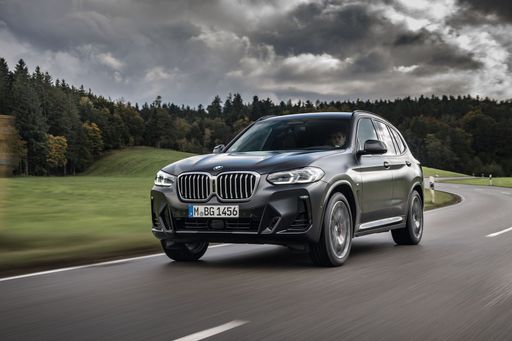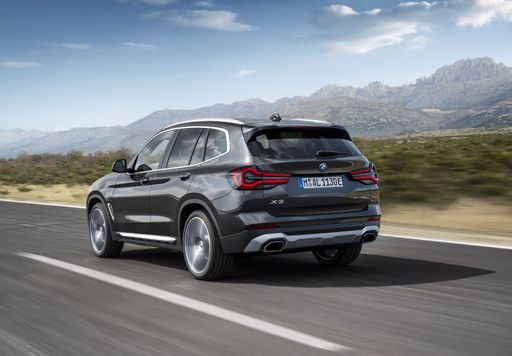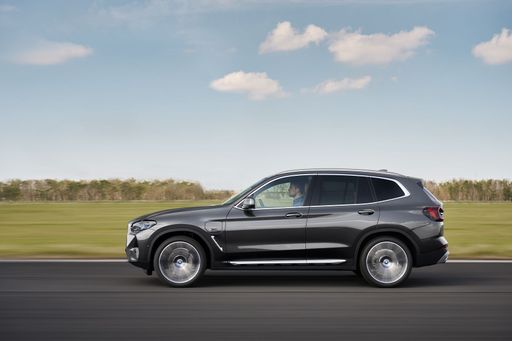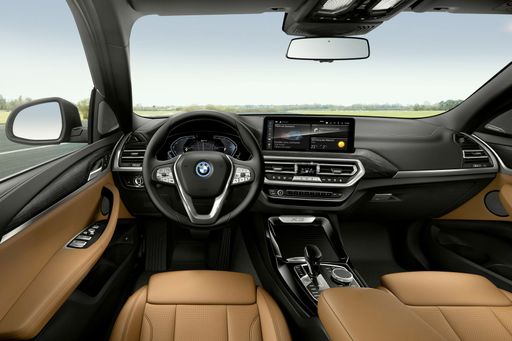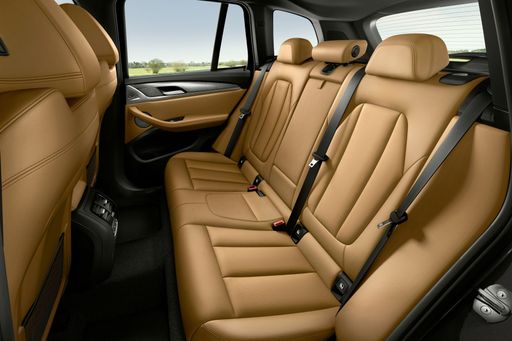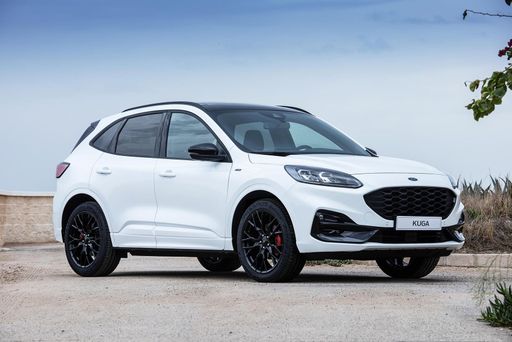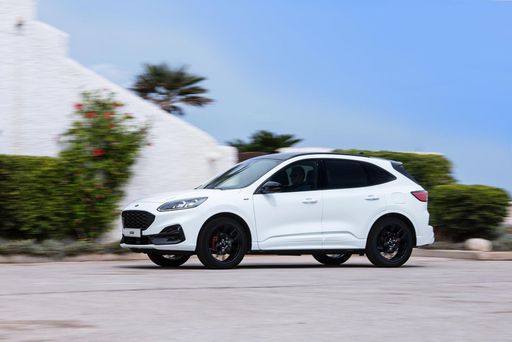Head-to-Head: BMW X3 vs Ford Kuga
In the competitive realm of mid-size SUVs, the BMW X3 and Ford Kuga are noteworthy contenders for those seeking a blend of performance, practicality, and cutting-edge technology. While both vehicles make compelling cases, their differences in technical aspects and innovative offerings might sway potential buyers. Let's delve into the specifics to see how these two titans compare.

